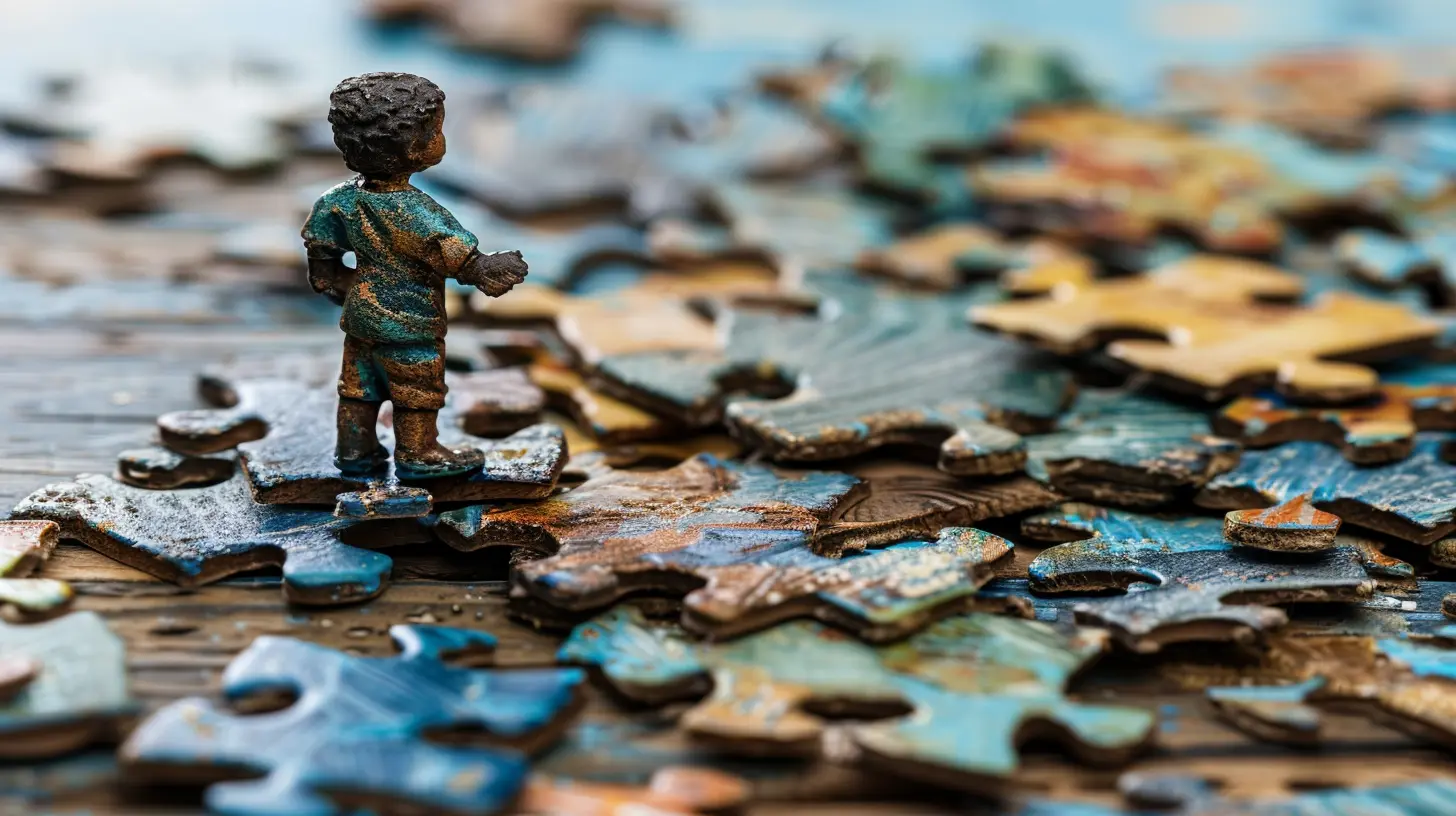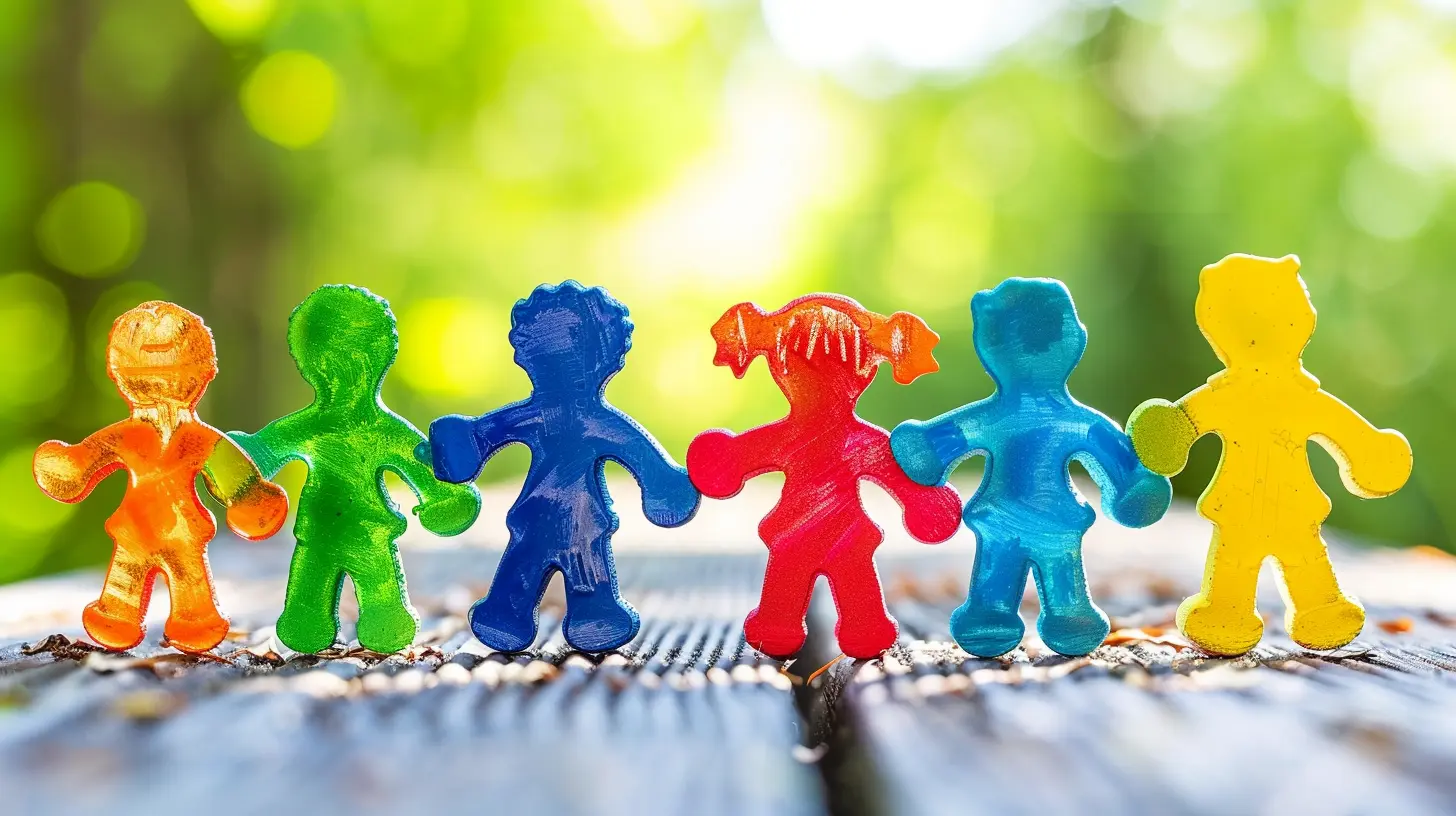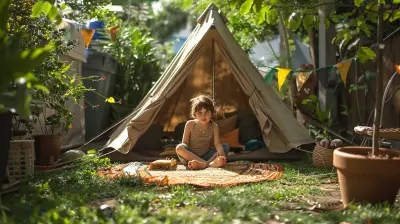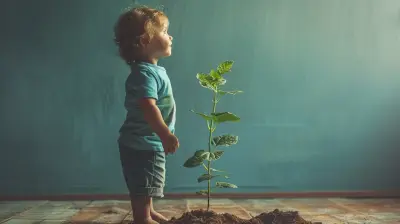Building Confidence Through Problem-Solving Activities
7 July 2025
Confidence is like a muscle—the more you use it, the stronger it gets. And one of the best ways to build confidence in kids is through problem-solving activities. When children learn to tackle challenges, find solutions, and trust their abilities, they develop a strong sense of self-belief that carries into adulthood.
But here’s the big question: How do we help our kids become confident problem-solvers? That’s exactly what we’ll dive into today.

Why Problem-Solving Is Essential for Confidence
Think about the last time you faced a tough situation. Whether it was fixing a broken appliance or navigating a tricky conversation, solving the problem gave you a sense of accomplishment, right? Kids experience the same thing.When children solve problems—big or small—they realize they have control over their world. They stop doubting themselves and start believing, Hey, I can figure things out! That belief boosts their confidence, making them more willing to take on new challenges.
The Link Between Problem-Solving and Self-Esteem
Confidence and problem-solving go hand-in-hand. Here’s why:- Encourages Independence – When kids solve problems on their own, they don’t feel the need to rely on others all the time.
- Builds Resilience – Kids who are good problem-solvers learn that failure isn’t the end—it’s just a step toward success.
- Enhances Decision-Making Skills – They become better at weighing options and making smart choices.
Now, let’s get into the practical side—how can you actually help your child develop these skills?

Fun and Effective Problem-Solving Activities
The great thing is that problem-solving can be fun. It doesn’t have to feel like a school lesson. Here are some playful ways to help your child boost their confidence through creative thinking.1. Puzzle Challenges
Puzzles are a classic way to encourage problem-solving. Whether it’s a jigsaw puzzle, Sudoku, or logic puzzles, they teach kids how to analyze, strategize, and think critically.➡ How to use puzzles for confidence-building:
- Start with easy puzzles and gradually increase difficulty.
- Celebrate successes to build motivation.
- Encourage them to use different strategies if they get stuck.
2. Escape Room Games at Home
Escape rooms require teamwork, creativity, and logical thinking. You don’t need a fancy setup—just some clues, riddles, and a fun storyline.➡ How to create a simple escape room game:
- Hide clues around the house.
- Give them a mystery to solve (e.g., "Find the lost treasure!").
- Set a time limit to add excitement.
Seeing kids solve puzzles under pressure builds their confidence like nothing else!
3. Role-Playing Scenarios
Ever heard of learning through play? Role-playing helps children practice real-life problem-solving in a safe space.➡ Examples of role-playing situations:
- Dealing with a difficult friend: Give them a scenario like, “What would you do if your friend said something unkind?”
- Handling a lost item: Ask, “What steps would you take if you lost your school bag?”
Helping kids think through these situations in advance makes them more confident when real-life challenges arise.
4. STEM Challenges (Science, Technology, Engineering, Math)
STEM activities often require trial and error, which is perfect for building resilience and confidence.➡ Fun STEM problem-solving ideas:
- Build a bridge with toothpicks and marshmallows – Can they make it strong enough to hold a small toy?
- Egg Drop Challenge – Can they create a protective case to keep an egg from breaking when dropped?
- Paper Airplane Contest – Who can design the plane that flies the farthest?
These activities teach kids that failure isn’t a bad thing—it's just a step toward success.
5. Decision-Making Games
One of the best ways to build confidence is by letting kids make decisions. Simple, right?➡ Try these games:
- Would You Rather? – Give them two choices and let them explain their decision.
- What Would You Do? – Present tricky situations (e.g., "You forgot your homework. What do you do?").
- Money Budgeting Game – Give them a small “budget” and let them decide how to spend it.
The goal? Teach kids that their choices matter. That’s a confidence booster!

Encouraging a Growth Mindset
Even with all these activities, kids will still face challenges. That’s where the growth mindset comes in—the belief that abilities can be developed with effort.Ways to Foster a Growth Mindset in Kids
✅ Praise effort, not just results – Instead of saying, “You’re so smart!” try, “I love how hard you worked on this!”✅ Normalize mistakes – Remind them that mistakes are how we learn.
✅ Ask open-ended questions – “What did you learn from this challenge?” instead of “Did you get it right?”
✅ Be a role model – Show them how you handle challenges with a positive attitude.

The Role of Parents in Building Confidence
Your role as a parent is HUGE in shaping your child’s confidence. Here’s what you can do:🔹 Give them opportunities to solve problems on their own – Avoid jumping in to fix things too quickly.
🔹 Encourage curiosity – Let them ask questions and figure things out.
🔹 Celebrate small wins – Every solved problem is a confidence boost!
🔹 Create a safe space for trial and error – Let them know it’s okay to make mistakes.
At the end of the day, confidence isn’t about knowing everything—it’s about believing that you can figure things out. And that belief starts with problem-solving.
Final Thoughts
Confidence doesn’t magically appear overnight. It’s built through experience, trial and error, and a lot of encouragement. By incorporating problem-solving activities into your child’s routine, you’re giving them the tools to navigate life's ups and downs with self-assurance.So, whether it’s a puzzle, a role-playing scenario, or a simple decision-making game, every challenge your child tackles is one step closer to becoming a confident, capable individual.
And isn’t that what we all want for our kids?
all images in this post were generated using AI tools
Category:
Building ConfidenceAuthor:

Zelda Gill
Discussion
rate this article
2 comments
Denise McCall
Love this! Problem-solving activities really empower kids and boost their confidence. Can't wait to try out some of these ideas!
November 24, 2025 at 3:22 AM

Zelda Gill
Thank you! I'm glad you found the ideas inspiring. Empowering kids through problem-solving is truly rewarding! Enjoy trying them out!
Mallory Lambert
Empowering our children through problem-solving not only boosts their confidence but also equips them with essential life skills. Let's nurture their growth one challenge at a time!
July 13, 2025 at 3:16 AM

Zelda Gill
Absolutely! Problem-solving fosters resilience and critical thinking in children, setting them up for success in all aspects of life. Let's continue to support their journey!


